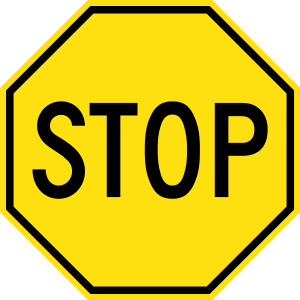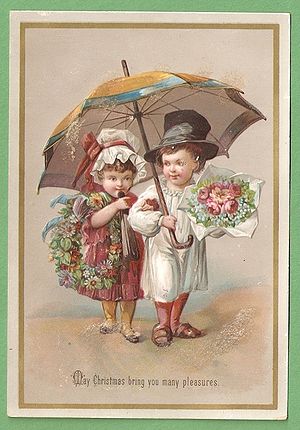Everyone seems to agree on it.
It’s the only way that you’ll get attention. If you don’t follow this rule, your sales letters won’t be read, your posts will be abandoned, and your emails will sit unopened and unloved.
It’s funny how everyone says the same thing, and repeats it knowingly.
It’s too long
They said the same thing in Claude Hopkins’ day, back in 1920. People won’t read it. You have to write shorter sales letters or posts. People have short attention spans. If you write something too long, nobody will read it. Some bloggers go so far as to include word counts and estimated reading times on their posts (don’t worry, I’ll only take up 3:31 of your time!). There’s even an internet abbreviation: TL, DR (too long, didn’t read).
It’s a trap
Readers avidly devour each Game of Thrones installment, despite the fact that the books are about 1,000 pages long. A friend told me she read Shantaram in a few days (even though it’s 944 pages), because she was so entranced by it.
It’s not the length
The length of your email or sales letter, or post, isn’t what stops people from reading all of it. People don’t turn away because something is long. They leave because it’s dull. If you keep your readers’ interest, they’ll read every word. Bore them, and they’re gone.
Format for the screen
If you’re used to print, you will need to make a few changes for the web. Break up the paragraphs into smaller pieces. Use more line breaks, and more subheads. It’s easier to read on a screen that way.
Good enough to share
Memorable, interesting posts (even ads) get shared, read, or watched over and over. The length isn’t relevant. Don’t worry if it’s long; just make it interesting.
Meanwhile, if you could get George R.R. Martin to write faster, I’d appreciate it!
Photo: walknboston on flickr




.jpg)
